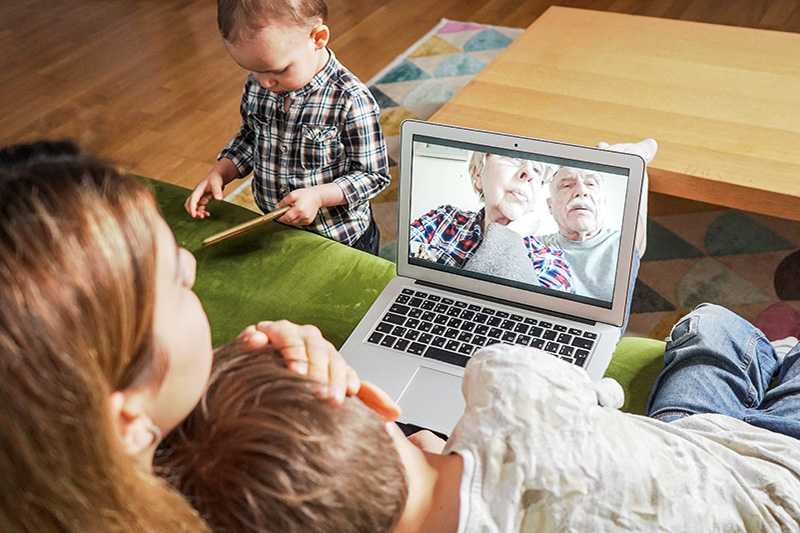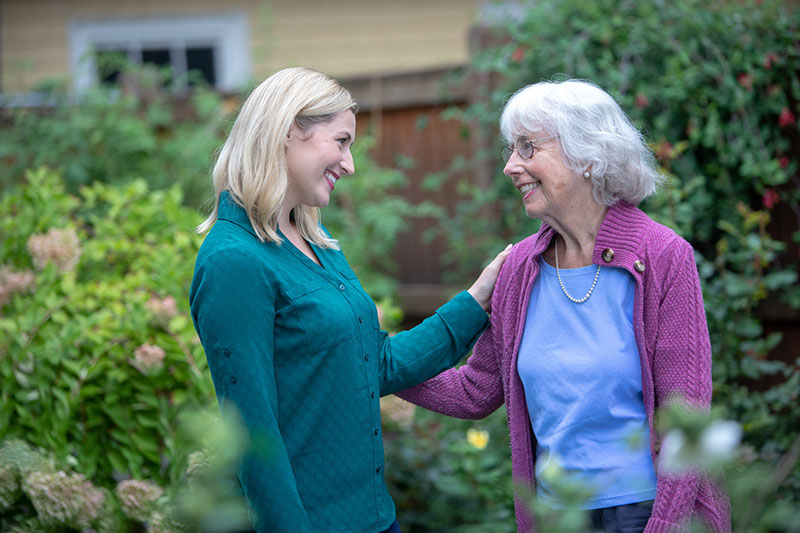The following post was written by Marc Bernica, Senior Vice President, Back-Up Care, at Bright Horizons.
Last week, a New York Times opinion writer gave voice to millions when she wrote, “My family cared for my sick aunt. Who’s caring for us?”
She told the story of her mother’s sister, suddenly disabled at 32; and what it took to care for her.
So much of her story mirrored what we’ve been hearing from clients about people caring for elders and other family members, and how it plays out in their workforces.
An event that can’t be planned for: “The executive assistant whose fingers typed so fast that they blurred like the spokes of a bicycle,” wrote the author about her aunt, “had trouble focusing her eyes.”
A life changed: “My grandmother retired early from her job as a garment worker to care for her at home.”
A murky path: “Navigating the confusing national map of options is overwhelming, and millions who may be eligible for services cannot figure out how to benefit from them.”
A complicated net: “Our family took on an urban village configuration.”
An out-of-site phenomenon: “Shut away from work that generates money and social capital, caregivers like my aunt and grandmother make up a barely visible secret society.”
Just as telling were the opportunities lost – both for the employees and the people they work for. “Like my grandmother,” wrote the Times author, “more than 40 million Americans who are working as family caregivers often have no choice but to lose income — more than $300,000 on average in lifetime wages and benefits for people over 50 who leave work to reorganize their lives around a loved one’s disability.”
Every one of our clients has heard these stories; I’ve heard them myself. They all follow what we know about the trajectory of these challenges: that they come on suddenly; have no predictable timetable; a complicated network of participants; and overload caregivers with information.
How Employers are Responding
As a result each one of the clients at our recent benefits leaders forums across the country asked about caregiving in some way, shape, or form. Each recognized that this is a national emergency for employers as well as employees. All wanted to know what they could do -- what others were already doing.
As I’ve said before, the answer is evolving. But our forums showed employers taking action: giving employees the ability to direct benefits dollars where they need them; expanding back-up days – in one case, quadrupling them – to keep families in the workforce while they manage catastrophic illnesses; coaching people through the “confusing national map” of services to make sure they can avail themselves of every potential resource.
The anguished comments that followed the above story – nearly 600 of them – reflected a caregiving issue that’s affecting every corner of our workforce – and that goes beyond child care.
“I have a good friend who spent several years as the full-time caregiver for her father and then her mother,” wrote one of the nearly 600 commenters on the Times article. “Employers have asked her about the large gap in her resume. Food for thought for those of you that are hiring managers at your company.”
Caregiving of all forms has a profound impact on employee’s lives. Our clients are proof that employers are listening.





